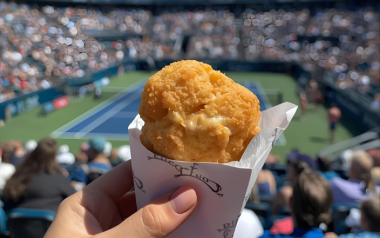Here are some tips:
18 Feb 2021
Tips to collect and manage data in poultry operations
Data analytics and IoA (Internet of Animals) are efficient tools to manage the data and improve poultry operation results. Nowadays, […]
Data analytics and IoA (Internet of Animals) are efficient tools to manage the data and improve poultry operation results. Nowadays, companies have a great interest in knowing all these tools that are very useful for identifying problems and detecting the best way to solve them. However, to achieve a good analysis and make decisions, it is important to know how to collect and manage the data.
- Collect as much data as you can. The more values you have, the more accurate the analysis. For example, record information from all flocks, houses, and farms. In broiler productions, you can obtain the type and amount of feed, external and internal environmental conditions, animal weight, mortality, etc. In hatcheries, keep records of egg storage time, breeder age, set and transfer dates, machine temperatures, bodyweight at hatch, and some others. For broiler and layer breeder flocks, retain data about hen housed egg production, weekly bodyweight and feed intake, egg production percentage, and egg weight. Overall, preserve records of any value you consider essential in your operation.
- Create an adequate form or spreadsheet for data collection on each process you have and make all workers implied to fill the forms out in the same way.
- Make sure data is collected daily, and all records are complete. Missing data may affect the analysis.
- Type your data in excel and organize it using a tidy format. Each variable forms a column, each observation forms a row, and each type of observational unit forms a table. Here, make some graphs to help identify some issues or progress of the operation. However, it is better to use statistical software to detect more precise trends and values that do not correspond to actual and logical information. For instance, a hen egg cannot weigh 200 grams.
Finally, spend some time analyzing data. In poultry operations, data is often collected and stored, not analyzed. To obtain valuable information, you have to take advantage of the data and look at your results. Make some comparisons among flocks, production months, farms, and even houses. Each poultry house is a different universe, even though many of them may share similar conditions.






































